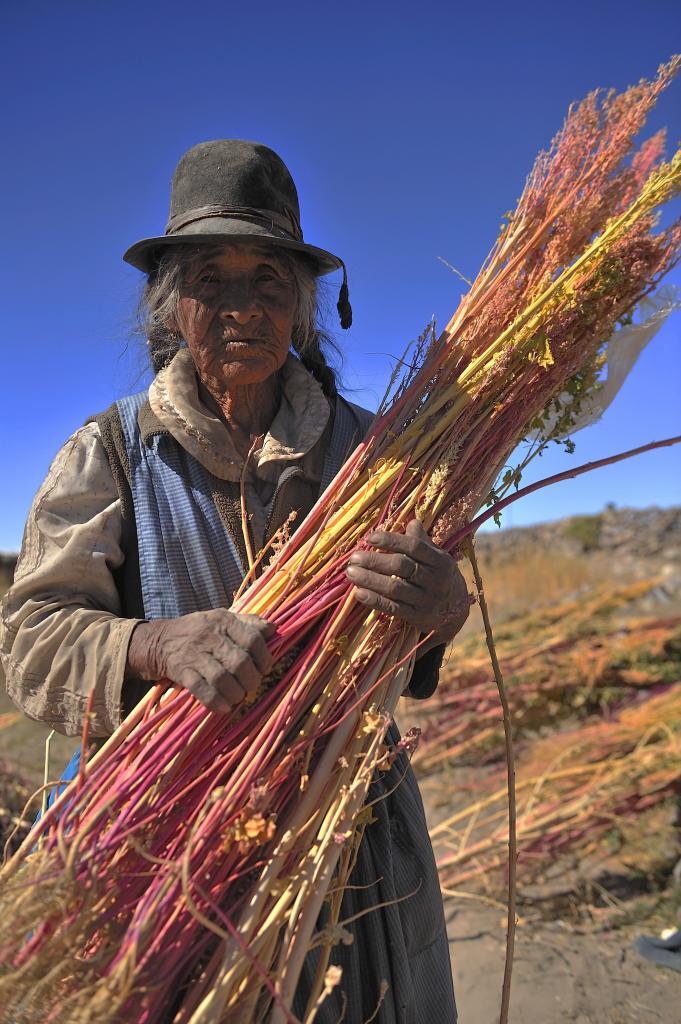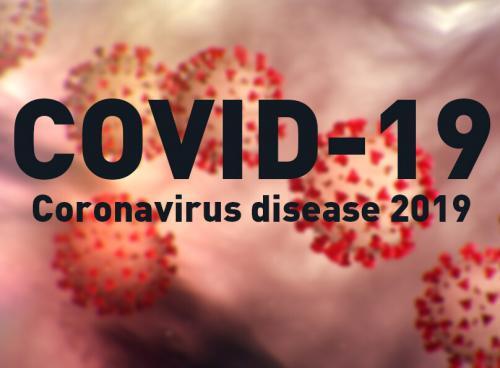
Fighting Food Insecurity
July 2016
Nuclear technology steps up to meet a huge challenge.
The world needs more food and lots of it. According to the World Bank, in order to meet growing global demands we must produce 50% more food by 2050.
At the same time, expanding populations and climate change threaten our ability to meet these goals. A recent report by United States Department of Agriculture (USDA) stated that, “as temperatures rise, crops will increasingly experience temperatures above the optimum for their reproductive development, and animal production of meat or dairy products will be impacted by temperature extremes.”
Enter the International Atomic Energy Agency (IAEA). In order to produce more food under challenging environmental conditions and with less available land, scientists from the IAEA are working with the Food and Agriculture Organization of the UN to find solutions to food insecurity.

(Photography Credit: T Photography, Shutterstock)
One solution is the Nuclear Techniques in Agriculture program, a way to address food shortages through, “using radiation induced mutation, mutation detection and pre-breeding technologies.” Exposing plants to small doses of radiation can make them more resistant to disease and climate change.
One of the foods being targeted by this program is quinoa. This gluten free grain, common to the Andean people, is known as a complete protein, containing all nine essential amino acids. Because of its genetic diversity, quinoa is able to be grown under different environmental conditions, making it an appealing crop to grow; almost 100 countries currently harvest it.
Food irradiation can also help to kill potentially deadly bacteria and the use of isotopes can help to measure resource levels such as the health of soil and water storage within the land, providing farmers with important information on the health of their resources so that they can more effectively use their land to yield greater harvests.
As part of addressing food security issues, the IAEA is using its sterile insect technique (SIT) to help Mauritius fight back against fruit flies. Fruit flies, native to Southeast Asia, attack a variety of much-needed produce including bananas, mangos, eggplant and squash. In a release by the IAEA in mid-June the Minister of Agro-Industry and Food Security for Mauritius addressed the magnitude of the problem.
“160 million Mauritian Rupees-over 4 million Euros-are lost annually as a result of the damage caused by fruit flies,” according to Mahen Kumar Seeruttun, Minister of Agro-Industry.
Being able to save crops and produce more bountiful harvests means the ability to address starvation and provide much needed nutrients. Today, it is estimated that 2 billion people live with food insecurity and that one in eight are starving, highlighting the importance of these nuclear initiatives. From hunger to hope, technology can help to fight back and feed those who are most in need.



